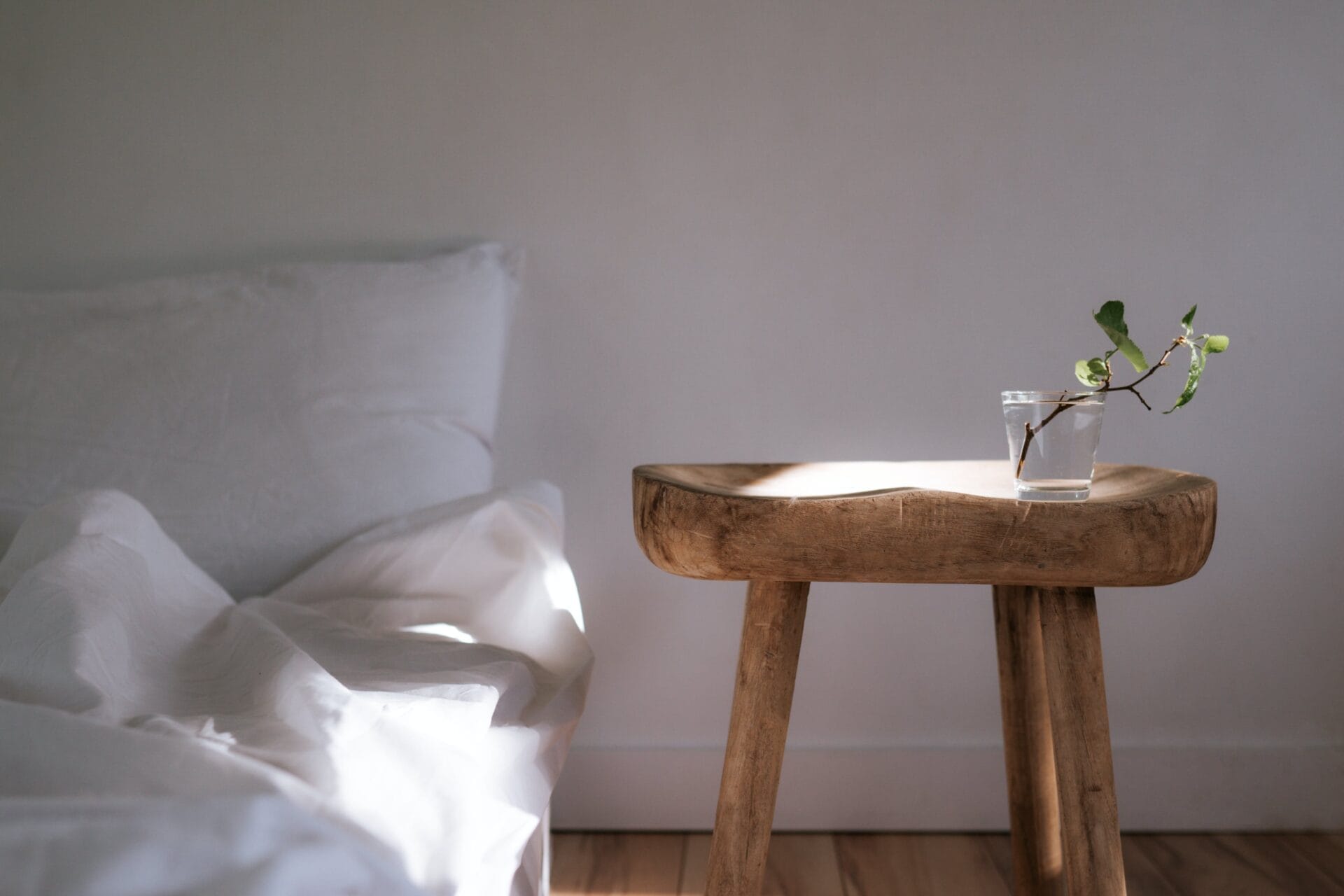Watering a raised bed garden is an important part of maintaining healthy plants and a successful garden. With the right technique, you can ensure your plants receive the hydration they need while avoiding over-watering and other common issues. In this article, we will discuss how to effectively water raised beds to ensure your garden thrives.Preparing your raised bed garden for watering involves ensuring the soil is properly hydrated and ready to receive water. Start by adding a layer of compost or mulch to the top of your soil, which will help retain moisture in the soil and prevent it from drying out too quickly. Next, break up any clumps of soil with a hand trowel or rake to ensure even water penetration throughout the bed. Finally, use a soaker hose or drip system to slowly and evenly water your garden without over-saturating it.
Choosing the Right Irrigation System
It is important to select the right irrigation system for your lawn or garden in order to ensure that it gets the water it needs. There are a variety of irrigation systems available, and each has its own advantages and disadvantages. It is important to consider your specific needs before selecting an irrigation system.
Sprinkler Systems
Sprinkler systems are one of the most popular types of irrigation systems. They consist of several sprinkler heads that are connected to a system of pipes and valves. The water is distributed evenly throughout the area, ensuring uniform coverage and allowing for precise control over water flow. Sprinkler systems can be automated with timers or manually operated, depending on your preference.
Drip Irrigation Systems
Drip irrigation systems are an efficient way to deliver water directly to plants without wasting any on the ground. The system consists of a series of tubes connected to a main pipe that distributes water at slow, steady rates directly at the root zone of plants. This type of system conserves up to 70% more water than traditional sprinklers and can be automated with timers or manually operated as needed.
Soaker Hoses
Soaker hoses are made from porous material that allows them to seep out a steady flow of water over large areas without wasting any on the ground. Soaker hoses are usually laid out in long rows around plants or trees, allowing for even coverage and efficient watering. They can be manual operated or set up with timers for automated watering schedules as needed.
When selecting an irrigation system, it is important to take into account factors such as cost, location, size, soil type, climate conditions, and other factors that may influence your choice. By taking all these factors into consideration you can choose an irrigation system that will best suit your needs and ensure optimal growth for your plants and lawns.
Determining How Much Water to Use
Water is essential for maintaining a healthy and balanced lifestyle. Knowing how much water to use can be tricky, but it is important to get the right amount of water for your body. There are several factors that will help you determine how much water you should be using each day.
The first factor to consider is your activity level. If you are an active person or regularly engage in physical activities, you may need more water than someone who does not exercise as much. It is important to stay hydrated when engaging in physical activities, so it may be beneficial to increase your water intake when engaging in physical activities.
Another factor to consider when determining how much water to use is the temperature and humidity of where you live. If you live in a hot and humid climate, it may be beneficial to increase your water intake as these conditions can cause dehydration more quickly than cooler climates with lower humidity.
Your diet can also affect how much water you should be consuming each day. Eating foods that are high in sodium, such as processed snacks or canned foods, can cause your body to lose more fluids than normal so it may be beneficial to drink more water than usual if eating these types of foods regularly. It is also important to keep in mind that drinking beverages such as coffee or tea count towards your daily hydration needs as well so try not to rely solely on these beverages for hydration.
Finally, if you are pregnant or breastfeeding, it is important to increase your water intake during this time as well due to the increased amount of fluids that your body will need during this period of time.
Overall, determining how much water you should use per day can be tricky but there are several factors that can help guide you on making the best decision for yourself and your health. Consider your activity level, the temperature and humidity of where you live, what type of foods you consume regularly, and if applicable whether or not you are pregnant or breastfeeding when deciding on the proper amount of fluids needed each day.
Testing Soil Moisture Levels
Soil moisture is essential for a healthy and productive garden. Testing the moisture levels of soil helps to ensure that your plants are properly hydrated. It is important to test the soil moisture levels regularly, particularly in areas where there are extreme weather conditions or where water sources are limited. There are several methods available for testing soil moisture levels, depending on the type of soil, the climate, and the desired accuracy of the results.
The most common method for testing soil moisture is to use a soil moisture meter. This device measures the amount of water in the soil by using electrical signals or probes that measure electrical resistance in the soil. The meter will provide a reading that indicates either dry, moist, or wet conditions in the soil. This method can be used in both outdoor and indoor settings and is relatively inexpensive and easy to use.
Another option for testing soil moisture is by using a handheld spade or trowel. This method requires digging into the ground to take samples from different depths in order to get an accurate reading of the overall moisture content of the area. This process can be time-consuming and labor-intensive, but it is also very effective if you need an exact measurement of how wet or dry your gardening area is.
Finally, another way to test soil moisture levels is with a hydrometer which measures specific gravity or relative humidity of liquid mixtures such as water and fertilizers added to soils. The hydrometer will provide a precise reading which can help determine if additional watering or fertilizing may be necessary for optimal plant growth and health.
No matter which method you choose for testing your soil’s moisture content, it’s important to remember that regular monitoring will help ensure that your plants have access to adequate water sources throughout their growing season. Properly testing your garden’s soil will enable you to make informed decisions about when and how much additional water or fertilizer should be added in order to keep your plants healthy and productive all season long!
Adjusting Sprinkler Timers for Maximum Efficiency
Sprinkler timers are a great way to efficiently water your lawn or garden. They are designed to turn on and off at specific times, allowing you to water only when necessary. By adjusting the timer settings, you can ensure that your plants get the right amount of water while also saving time and money. Here are some tips for adjusting your sprinkler timer to maximize efficiency:
First, determine how much water your plants need. Different plants require different amounts of water, so it’s important to know what each plant needs in order to effectively adjust the settings on your sprinkler timer. Once you have determined the proper amount of water needed, you can adjust the timer accordingly.
Next, consider the weather conditions in your area. If it’s been particularly dry or there hasn’t been much rain recently, you may need to increase the length of time that your sprinklers are on in order to keep up with the demand for water. On the other hand, if it has been raining frequently or if there is a lot of moisture in the air, then you may be able to reduce the length of time that your sprinklers are on.
Finally, take into account any other factors that could affect how long you need to run your sprinklers. If you have a large garden or lawn with many different types of plants, then it may be necessary to adjust each zone separately in order to provide adequate coverage. Additionally, if there is an area of your yard that tends to dry out more quickly than others due to its location or exposure to sunlight, then it may be necessary to increase the length of time that those particular zones receive water.
By following these tips and adjusting your sprinkler timer accordingly, you can ensure that your plants get the right amount of water while also maximizing efficiency and saving money.

Installing Sprinklers and Drip Lines in a Raised Bed Garden
A raised bed garden is a great way to grow plants without having to dig or till the soil. This type of garden has many advantages, including improved soil drainage and easier maintenance. However, it can be difficult to install sprinklers and drip lines in a raised bed garden due to the lack of space. Fortunately, with some planning and careful installation, you can successfully install sprinklers and drip lines in your raised bed garden.
The first step is to plan out where you want the sprinklers and drip lines to go. You will need to consider where your plants are located so that the water will reach them adequately. If you have multiple plants that need watering, you may want to consider multiple sprinkler heads or multiple drip lines so that each plant receives an even amount of water.
Once you have planned out where your sprinklers and drip lines will go, it’s time to purchase the necessary materials for installation. You will need a hose or PVC pipe for the water source, as well as multiple fittings depending on how many sprinkler heads or drip lines you are installing. You may also need additional tubing if you decide to use multiple heads or lines.
The next step is installing the sprinkler heads or drip lines themselves. For this step, it’s important to make sure that all the pieces fit properly before securing them together with either screws or clamps. Make sure that each piece is secured firmly so that no water leaks occur while running the system. Once everything is installed properly, test your system by turning on the main water source and checking for any leaks or other issues before planting your plants in the raised bed garden.
Installing sprinklers and drip lines in a raised bed garden can be a challenging task but with proper planning it can be done successfully with minimal effort. By following these steps, you can ensure that your plants get ample amounts of water without having to worry about any water wastage due to improper installation of your irrigation system.
Considering Rain Barrels for Water Conservation
Rain barrels are an effective way to conserve water and help protect our environment. By capturing rainwater that would otherwise be lost to runoff or evaporation, rain barrels can help reduce the amount of water used for outdoor activities such as watering your lawn or garden. Rain barrels can also be used to store water for use in indoor activities such as laundry and cleaning.
Rain barrels are a great way to save money on your water bill, as they can provide a free source of water for outdoor activities. They are also easy to install and maintain, with most models being easy enough for the average person to install themselves.
When considering rain barrels for water conservation, it is important to consider the size of your barrel and how much rainwater it will hold. Most rain barrels come in sizes ranging from 40 gallons up to over 100 gallons, so you should choose a size that will meet your needs. Additionally, it is important to make sure the barrel has a lid or cover to prevent mosquito breeding and other debris from entering the tank.
Rain barrels can also be used in conjunction with other water conservation measures such as low-flow shower heads and faucet aerators. By using these measures together, you can significantly reduce the amount of water used in your home and help conserve our precious natural resources.
Using Mulch to Retain Moisture and Control Weeds
Mulch is an important element of gardening, as it can help retain moisture in the soil and control weeds. It is a layer of organic material, such as bark chips, straw, compost, or wood chips, that is spread over the soil. Mulch acts as a protective barrier between the soil and the air. This helps to reduce water loss from evaporation and prevent weeds from germinating.
Mulching with organic materials has many benefits for gardeners. It helps to keep soil temperatures more consistent throughout the year by preventing it from becoming too hot in summer or too cold in winter. This helps to ensure plants remain healthy and can optimize their growth potential. Additionally, mulching provides essential nutrients to the soil as it decomposes over time.
In addition to providing nutrients and maintaining optimal temperatures for plants, mulch also helps to reduce erosion caused by wind and heavy rainfall. When applied correctly, mulch can help protect the soil from being washed away by heavy rainfall or blowing away with strong winds.
Mulching also has weed-control benefits. As mentioned above, mulch acts as a protective barrier between the soil and air which prevents weed seeds from germinating in the first place. For existing weeds that have already sprouted, mulch will smother them by blocking sunlight from reaching their leaves which prevents them from growing further.
In order for mulch to be effective at retaining moisture and controlling weeds, it must be applied properly. The layer of mulch should be around 2-4 inches deep so that there is enough material to provide protection for the soil below it. Additionally, make sure that there is about 3-4 inches of space between the base of any plants you’re trying to protect and the layer of mulch so that their root systems aren’t suffocated by it.
Mulching your garden is an easy way to ensure your plants are getting all the necessary resources they need in order to thrive! With just a few simple steps you can have a thriving garden that’s full of healthy plants and free of pesky weeds!

Conclusion
Watering your raised bed garden is a key part of successful gardening. Raised beds are especially important to water correctly, as they have an increased risk of drying out quickly. Thankfully, there are plenty of options for watering your raised bed garden, depending on the size and complexity. With careful consideration and proper planning, you can keep your raised bed garden healthy and thriving all season long.
Mulching is another important step for keeping your soil healthy and moist. A layer of mulch will help to prevent weed growth, reduce moisture loss, and provide a protective barrier for the soil below. Another advantage of mulching is that it will help to keep your plants cooler during hot summer days.
Overall, watering your raised bed garden doesn’t have to be a difficult task if you take the time to plan it out correctly. With the right tools and techniques, you can ensure that your plants receive the water they need without over-watering or wasting water in the process. Making sure that your raised bed garden is watered properly will help to make sure that it stays healthy and productive all season long.

